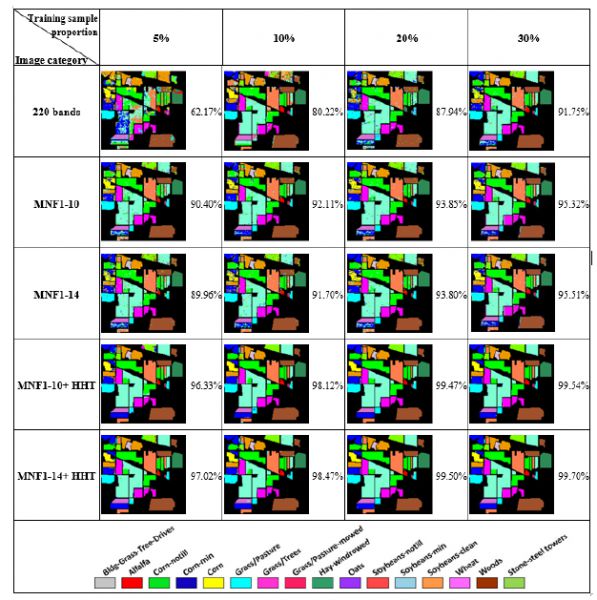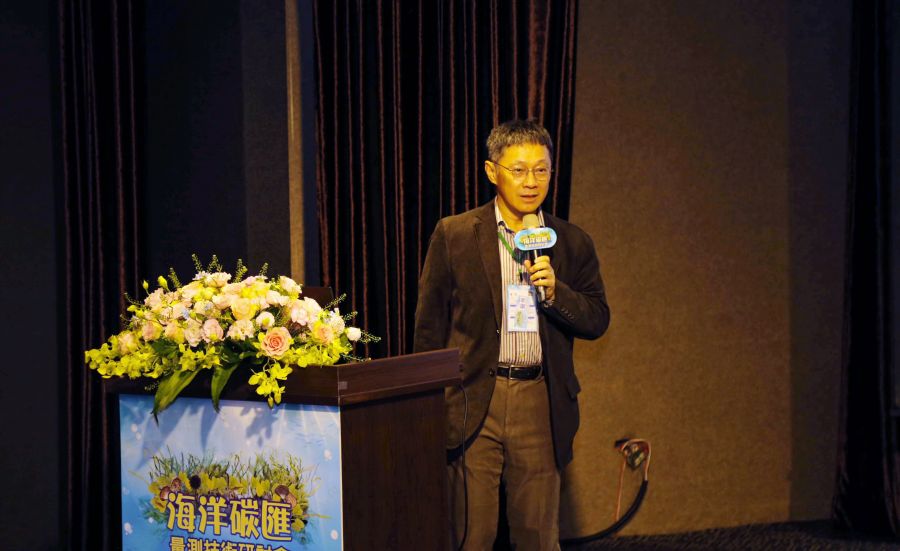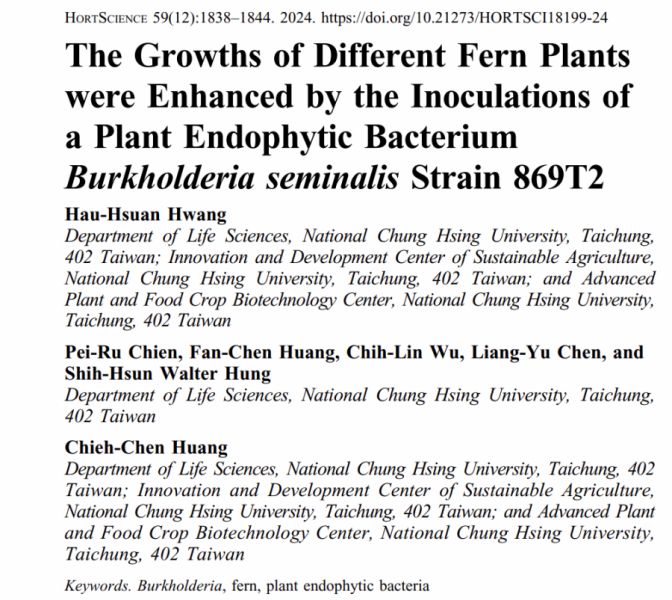生態農業:農業地景生態監測及復育【土木工程學系/楊明德特聘教授、蔡慧萍助理教授】
| 論文篇名 | 英文:Integrating MNF and HHT Transformations into Artificial Neural Networks for Hyperspectral Image Classification 中文:透過MNF和HHT轉換之人工神經網絡於高光譜影像分類 |
| 期刊名稱 | REMOTE SENSING |
| 發表年份,卷數,起迄頁數 | 2020, 12 (14),2327 |
| 作者 | Yang, Ming-Der(楊明德)*; Huang, Kai-Hsiang; Tsai, Hui-Ping(蔡慧萍)* |
| DOI | 10.3390/rs12142327 |
| 中文摘要 | 高光譜影像(HSI)分類的關鍵是維數與可用訓練樣本數量之間的不平衡。本研究提出使用最小噪聲分數(MNF)和Hilbert-Huang轉換(HHT)及人工神經網絡(ANN)之HSI分類方法來解決該問題。MNF和HHT分別用作特徵提取和影像分解,以最大程度地減少噪聲和尺寸的影響,並最大程度地提高訓練樣本的效率,並應用於兩個基準資料集,印度松林(IP)和帕維亞大學(PaviaU)高光譜影像。為了優化ANN中必需神經元和訓練樣本數,測試1到1000個神經元和四個比例的訓練樣本,並評估其分類準確性。對於IP資料集,結果顯示使用500個神經元的MNF1-14 HHT轉換影像及30%訓練樣本具有99.81%的顯著分類準度。此外,對於MNF1-14 HHT轉換影像,僅使用5%的訓練樣本即可獲得97.62%的高準度。對於PaviaU資料集,使用來自800個神經元的MNF1-14 HHT轉換影像及30%訓練樣本,最高分類準度為98.70%。通常,準確性隨著神經元的增加和訓練樣本的增加而增加,但當使用200多個神經元時,準度改善曲線變得相對平坦,表明使用來自轉換影像可以減少所需的神經元數量,並降低ANN模型的複雜性。總體而言,本研究所提出的方法為使用MNN和HHT轉換以進行HSI分類開闢了新徑,並具有使用ANN的出色準確性。 |
| 英文摘要 | The critical issue facing hyperspectral image (HSI) classification is the imbalance between dimensionality and the number of available training samples. This study attempted to solve the issue by proposing an integrating method using minimum noise fractions (MNF) and Hilbert-Huang transform (HHT) transformations into artificial neural networks (ANNs) for HSI classification tasks. MNF and HHT function as a feature extractor and image decomposer, respectively, to minimize influences of noises and dimensionality and to maximize training sample efficiency. Experimental results using two benchmark datasets, Indian Pine (IP) and Pavia University (PaviaU) hyperspectral images, are presented. With the intention of optimizing the number of essential neurons and training samples in the ANN, 1 to 1000 neurons and four proportions of training sample were tested, and the associated classification accuracies were evaluated. For the IP dataset, the results showed a remarkable classification accuracy of 99.81% with a 30% training sample from the MNF1-14 HHT-transformed image set using 500 neurons. Additionally, a high accuracy of 97.62% using only a 5% training sample was achieved for the MNF1-14 HHT-transformed images. For the PaviaU dataset, the highest classification accuracy was 98.70% with a 30% training sample from the MNF1-14 HHT-transformed image using 800 neurons. In general, the accuracy increased as the neurons increased, and as the training samples increased. However, the accuracy improvement curve became relatively flat when more than 200 neurons were used, which revealed that using more discriminative information from transformed images can reduce the number of neurons needed to adequately describe the data as well as reducing the complexity of the ANN model. Overall, the proposed method opens new avenues in the use of MNF and HHT transformations for HSI classification with outstanding accuracy performance using an ANN. |
Figure. Classification results with overall accuracy values for IP dataset original 220 band images, MNF-transformed images, and MNF HHT-transformed images with four training sample proportions.







